
Amidst closing out finances for EOFY 19/20, one of my favourite tasks each June is to take time out to reflect on the year that was and share our Media Mortar year in review.
Consider it like one of those Christmas emails you used to receive from a family friend – with a little teaser of what happened and some insights into what’s to come.
Like most business owners, our FY 19/20 will undoubtedly be remembered by the current global pandemic.
But don’t worry, this is a blog post about hope – not the doom and gloom that started for us 11 March 2020 (not to be precise about it or anything).
I say this because as devastating as the effects of COVID-19 is (and was) to our business, it’s given us much to celebrate – clearer focus, tighter processes and new service offerings – to name a few silver linings through a dark time.
It’s my belief that COVID-19 was the setback that’s going to provide for the FY 20/21 come back, so this year’s review is as much about celebrating the end of a financial year as welcoming a new one.
Grab a cuppa and join me as I take you through the highlights and lowlights of FY 19/20 – what we did well and what we learnt along the way.
What we did well
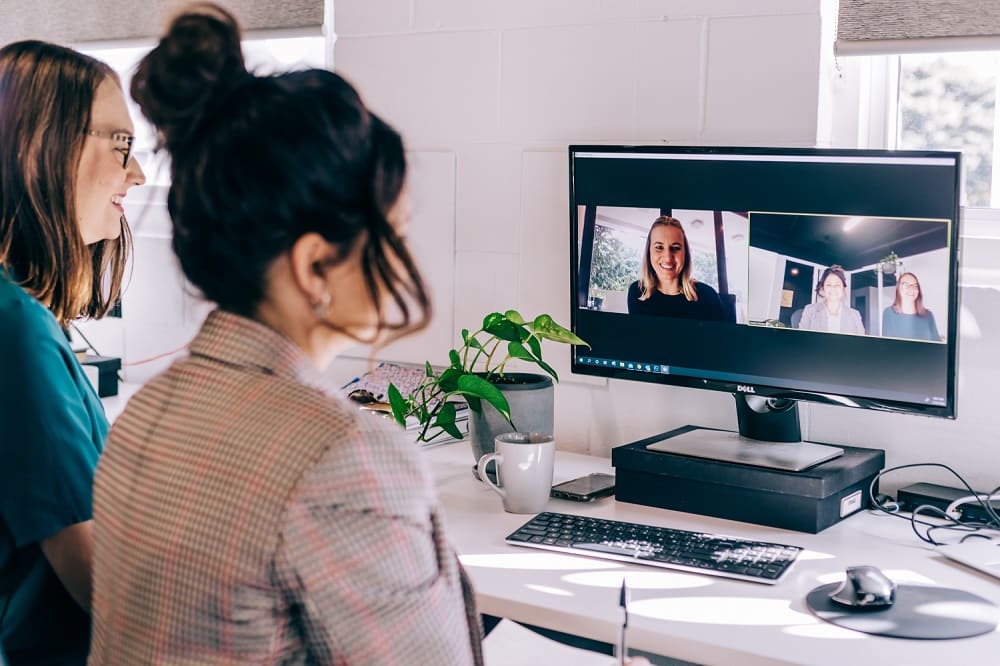 According to Instagram memes ‘a lot can change in a year’, and our FY 19/20 makes a good fist of showing you how.
According to Instagram memes ‘a lot can change in a year’, and our FY 19/20 makes a good fist of showing you how.
When I look back at what we’ve achieved, it’s hard to beat our expansion, with the opening of Media Mortar Melbourne. In October 2019, Rochelle made the move south, and we opened an office in Thrive Network, South Melbourne. With a new state came new clients, which Rochelle has been busily acquiring and serving since she lay down roots in postcode 3000.
In line with the expansion, our team transitioned to a completely online project management and time management software system, which allowed our team to work remotely, long before COVID-19 forced the rest of the world to do so.
I am so proud of the way we didn’t really need to adjust our way of working with the pandemic – we were already set up to work remotely and able to run our day-to-day as if it was business as usual.
I truly believe in working remotely and have always managed with the mindset that so long as the work is done, we don’t need to sit together. One of my greatest hopes from COVID-19 is that more businesses realise sitting together is overrated (and expensive).
Last, but certainly not least in our list of big wins, we diversified our service offering with the introduction of paid speaking and webinars nationally. At the start of the year, I set an audacious goal to book at least one speaking engagement per month, something we’ve been able to meet across the year, even through COVID-19 with the introduction (and acceptance) of webinars.
Our speaking engagements, workshops and webinars are services that I significantly want to grow in FY 20/21, as it’s the kind of work that truly lights me up. And, if the feedback we’re getting is anything to go by, it seems to be the kind of work that seems to light our audience up as well.
So, shameless plug – if you’re reading this and know of anyone looking for a speaker, please keep us in mind – you can book us here.
What we learnt
 Many will tell you they learnt to pivot this year, but truth is, I don’t actually believe in pivots. I believe in meeting the market where it is – not spinning in circles creating products and services no one wants or needs and exhausting yourself with the dizziness of it all.
Many will tell you they learnt to pivot this year, but truth is, I don’t actually believe in pivots. I believe in meeting the market where it is – not spinning in circles creating products and services no one wants or needs and exhausting yourself with the dizziness of it all.
Like most businesses, COVID-19 was the mother of all lessons for us. Most of which we had to learn the hard way, unfortunately.
Take for instance our contracting. It hadn’t been as tight as it could be – every client had an iteration of a contract but the contracts were silent on terms to cover a global pandemic. In the absence of force majeure clauses, we had to negotiate outcomes with clients who had paid deposits for events that were now no longer running and other clients who put us on ‘pause’, unpaid out. This prompted a much-needed contract tightening within the business. Thanks to Sarah and the team at JHK Legal, you can expect to see a 14-page contract before we start work – no exceptions (you’ve been warned!).
The pandemic was also the catalyst for formalising our social media offering. Like most small businesses, we had legacy clients paying a fraction of what we now charge for the same work. Through the pause (I’ll clarify again, we didn’t pivot), we were afforded the time to crystalise the pricing and inclusions of our social media packaging. Realising we only have 15 seats at our social media management table (i.e. we can only run 15 accounts at any one time), we need to reserve them for clients willing to pay our full-service offering – photos, management and advertising – not a fraction thereof.
Accordingly, in the midst of the crisis, we actually offboarded clients, anticipating a potential over-index of tourism clients that would come through once travel bans had lifted. A gamble, that I am so proud to say is now paying off.
In line with this, COVID taught us to listen to our gut instinct more when it comes to clients and how they treat us. We’re now running with the policy that if it’s not a hell yes about your project from us straight up, we’ll politely point you to another supplier. So, to the lovely sportswear store who came price shopping, it was a no. Ditto to clients who show any signs of dishonesty – sorry, we’re straight shooters and don’t have time for you.
What we could do better
 In a bit of a departure to last years’ process-driven ‘what we could do better’ – this year we’re taking a more spiritual turn.
In a bit of a departure to last years’ process-driven ‘what we could do better’ – this year we’re taking a more spiritual turn.
I’d like us to show more gratitude to our clients.
Oprah has a great quote “what you appreciate, appreciates” and that’s something I’d like to focus on – showing gratitude towards the dream clients we have in our portfolio.
So, if you suddenly start finding thank-you’s in your inbox, you know what’s going on.
We’re also going to walk our own talk a lot more this year because it’s come to our attention through presenting webinars that we often exemplify the old adage “do as I say, not as I do”.
Take for instance Instastories – we’d never actually done piece to camera style stories until this June – so you can be expecting a lot more of them this new financial year.
Similarly, eNewsletters – we’ll be upping that ante since we regularly tell people they have the highest ROI of any form of marketing – and yet only send one per year.
We used the COVID ‘pause’ to segment our send and will be sending our DIY tips and tricks out in line with our Monday Mentor program we started over COVID-19 on our LinkedIn.
So, there you have it – we’re primed for a big year ahead. Let’s hope our prediction comes true and indeed this COVID-19 setback has just been the foundation for an FY 20/21 comeback.
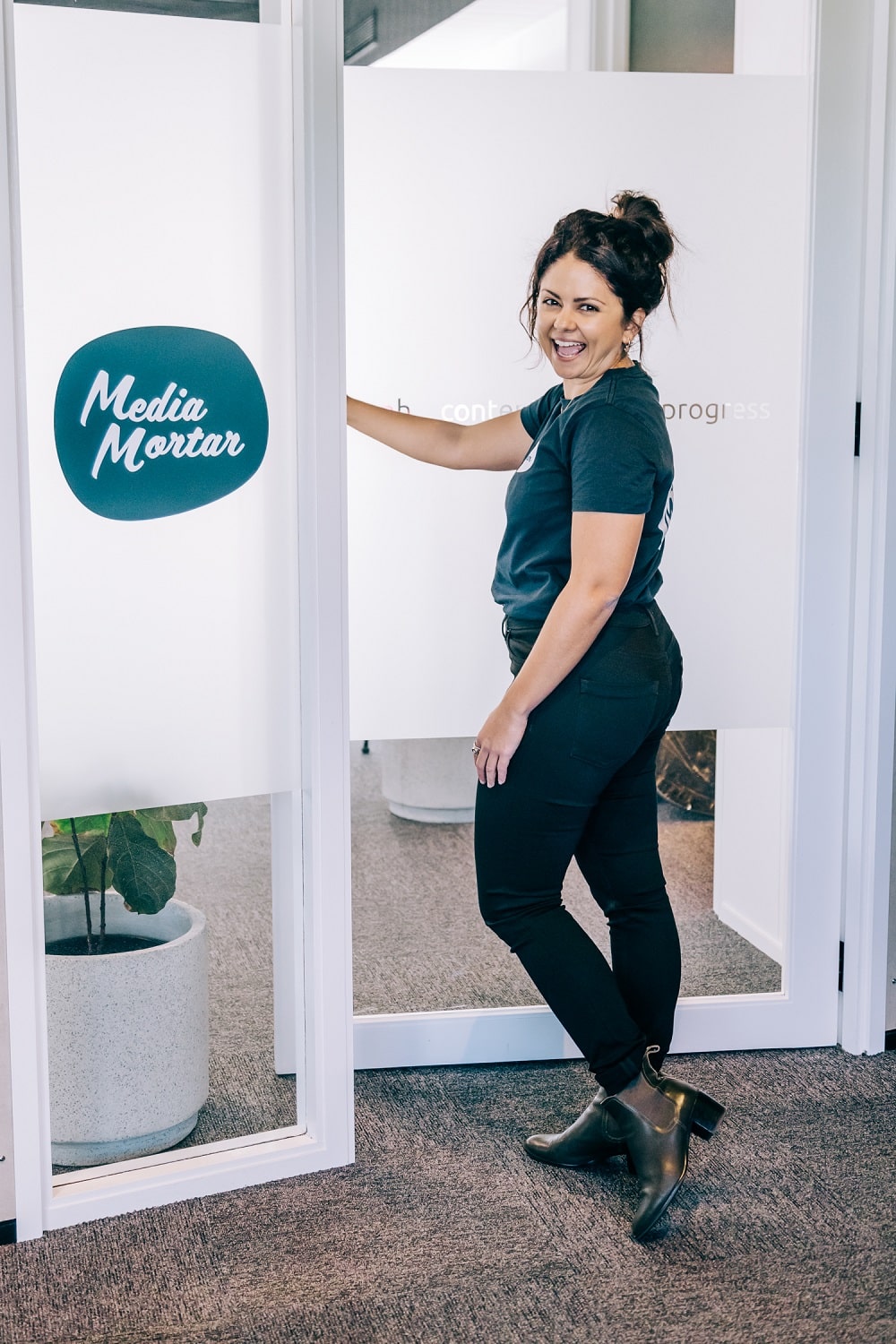

By Hannah Statham
Hannah Statham is The Boss at Media Mortar. She’s a heavy weight wordsmith, punching with puns, analogies and metaphors that leave readers wanting more. When she’s not refreshing her Instagram feed, you’ll find Hannah walking her rescue greyhound Olivia.
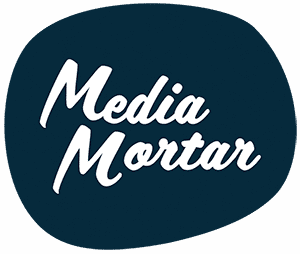
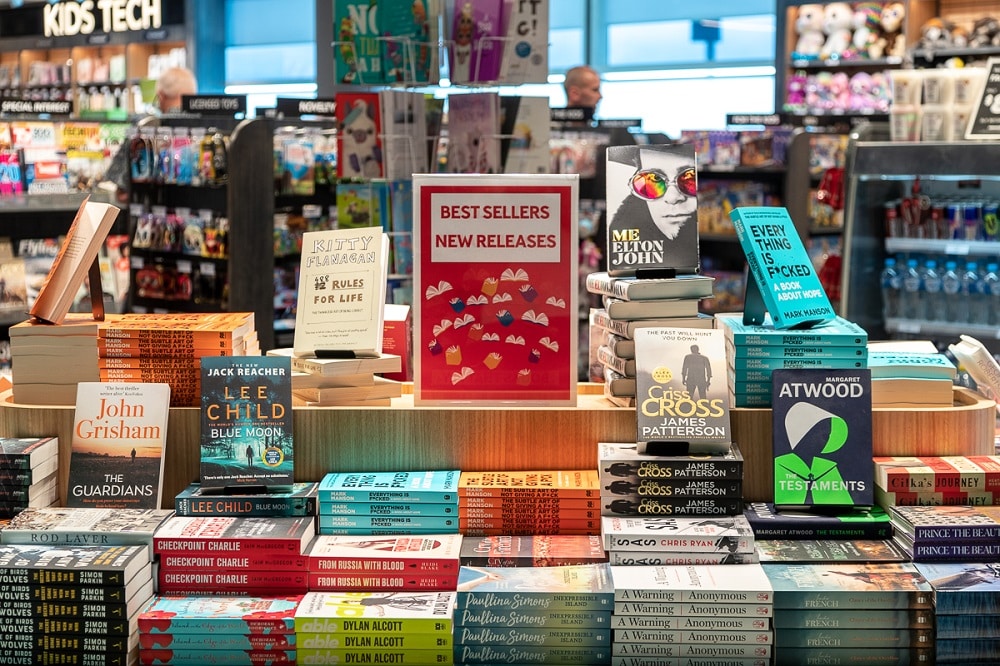
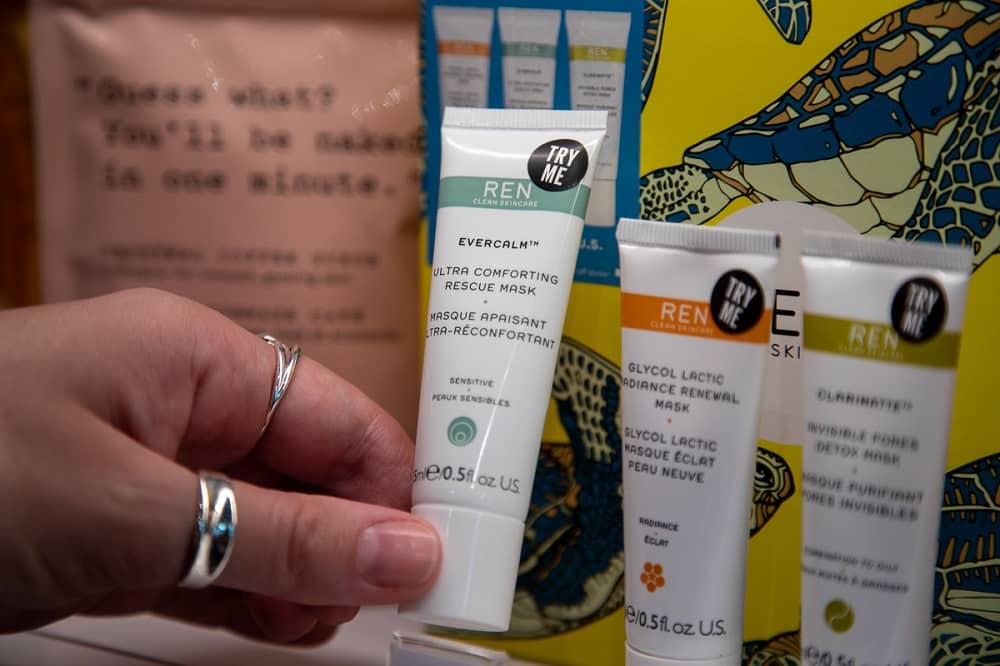 We’re not even biased when we say this, social media is a good cost to your business.
We’re not even biased when we say this, social media is a good cost to your business.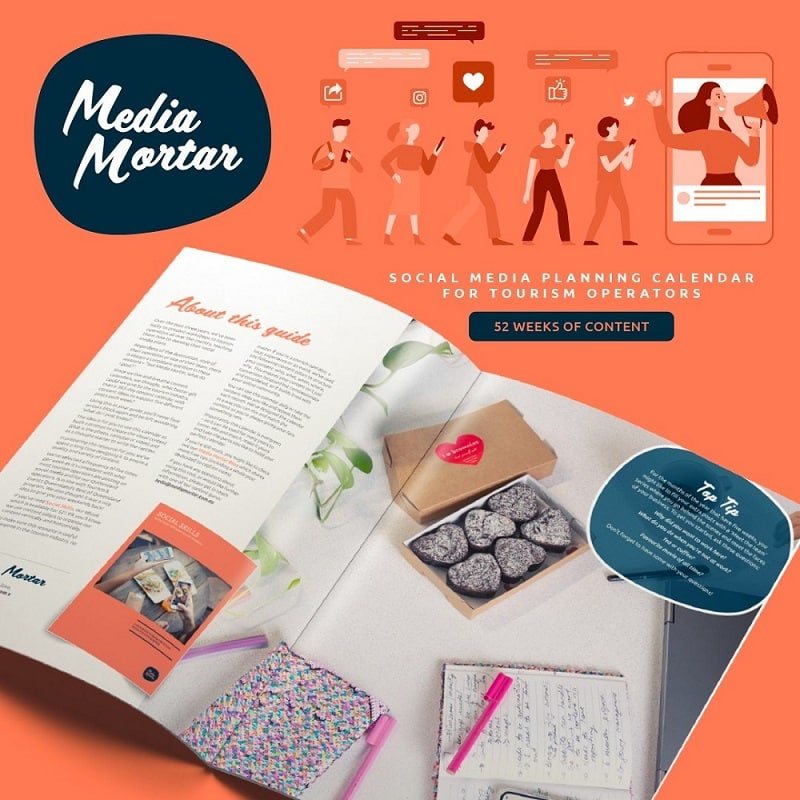
 When you sit down to write content in advance, you’ll have the benefit of a birds-eye view of the week, fortnight or month ahead rather than working in 24-hour cycles.
When you sit down to write content in advance, you’ll have the benefit of a birds-eye view of the week, fortnight or month ahead rather than working in 24-hour cycles.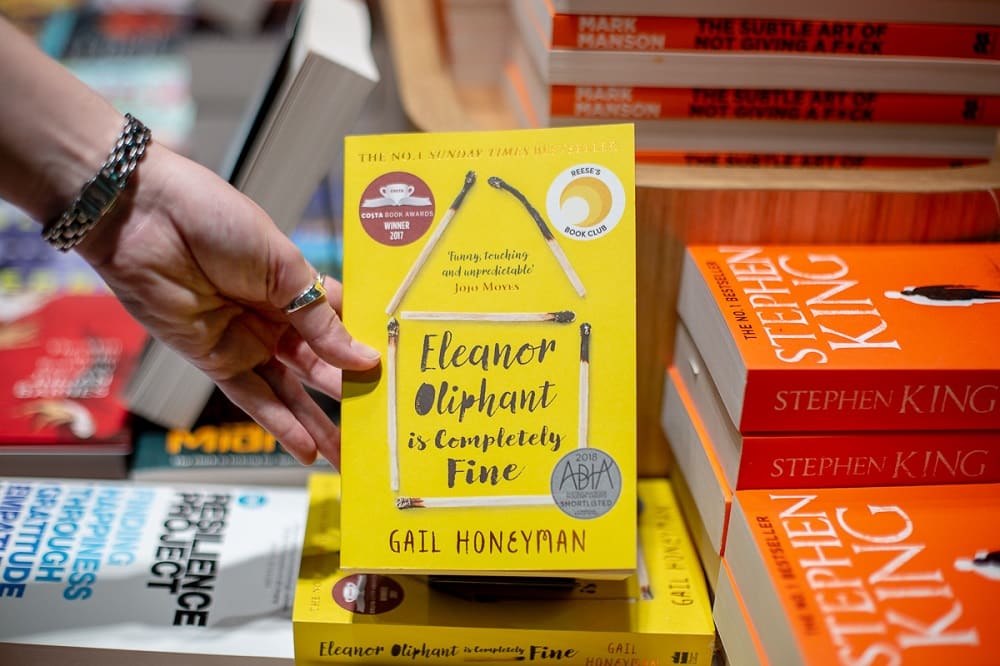 We’re surely not the only ones who don’t want to be online on a Saturday night sending our posts into the wild.
We’re surely not the only ones who don’t want to be online on a Saturday night sending our posts into the wild. For our Instagram lovers out there, you’ll be happy to know most scheduling tools provide a visual view of how your content will look in your feed.
For our Instagram lovers out there, you’ll be happy to know most scheduling tools provide a visual view of how your content will look in your feed.
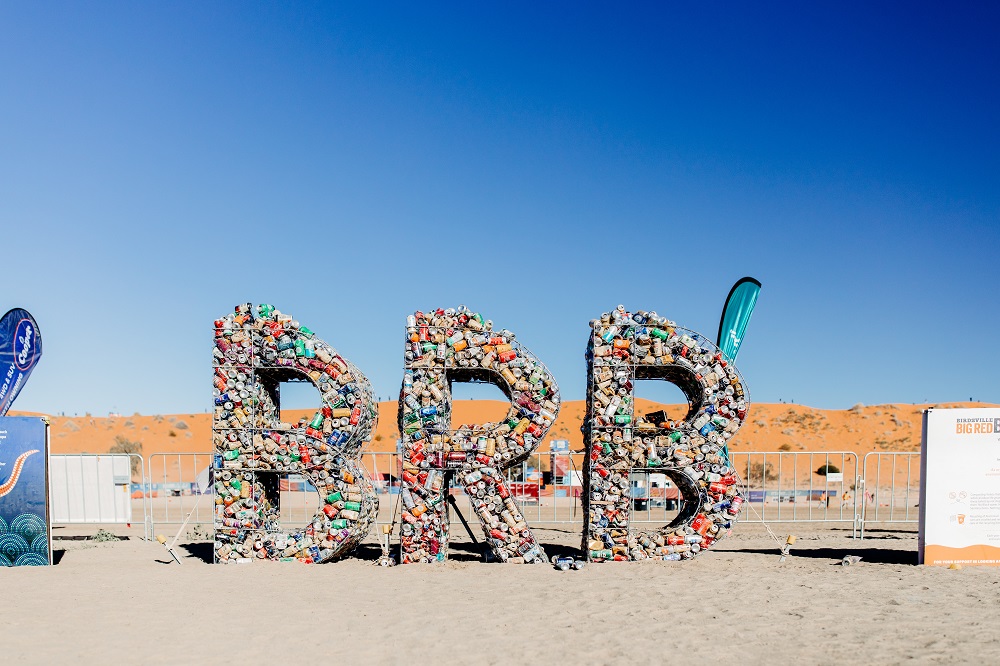
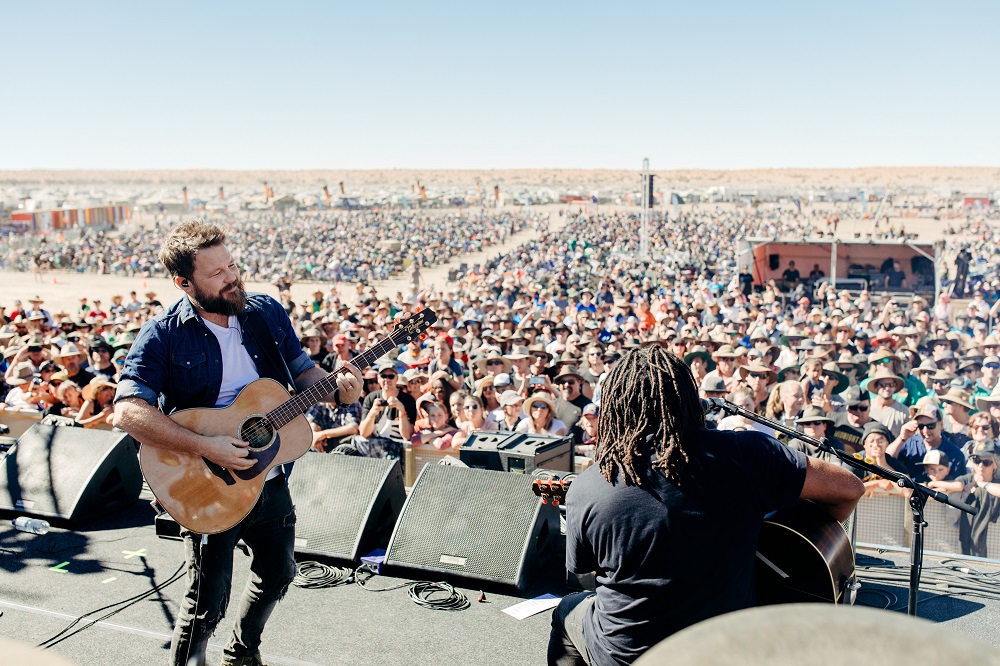



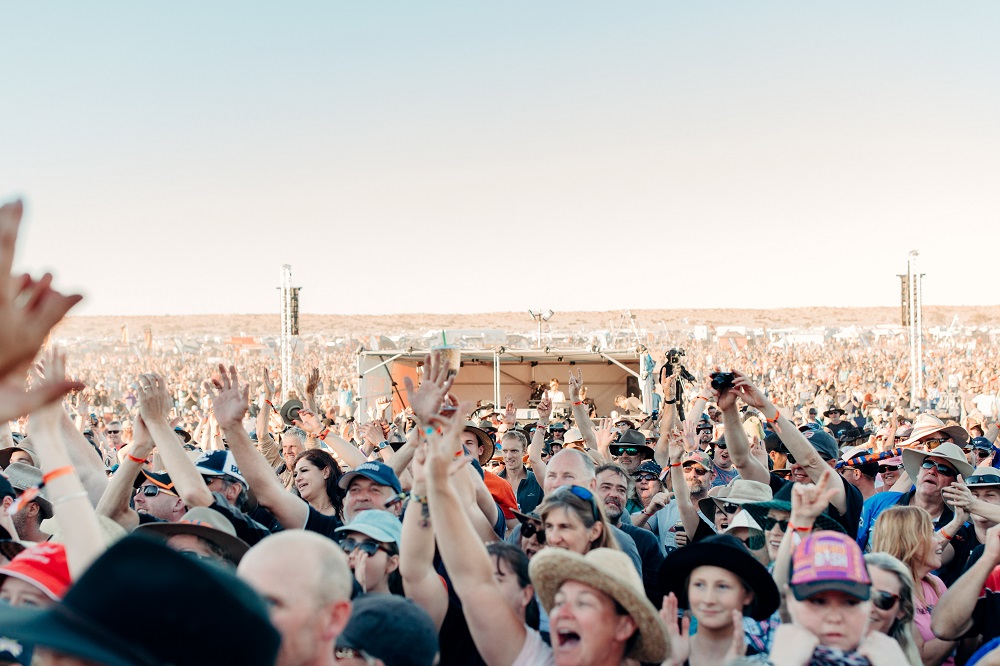

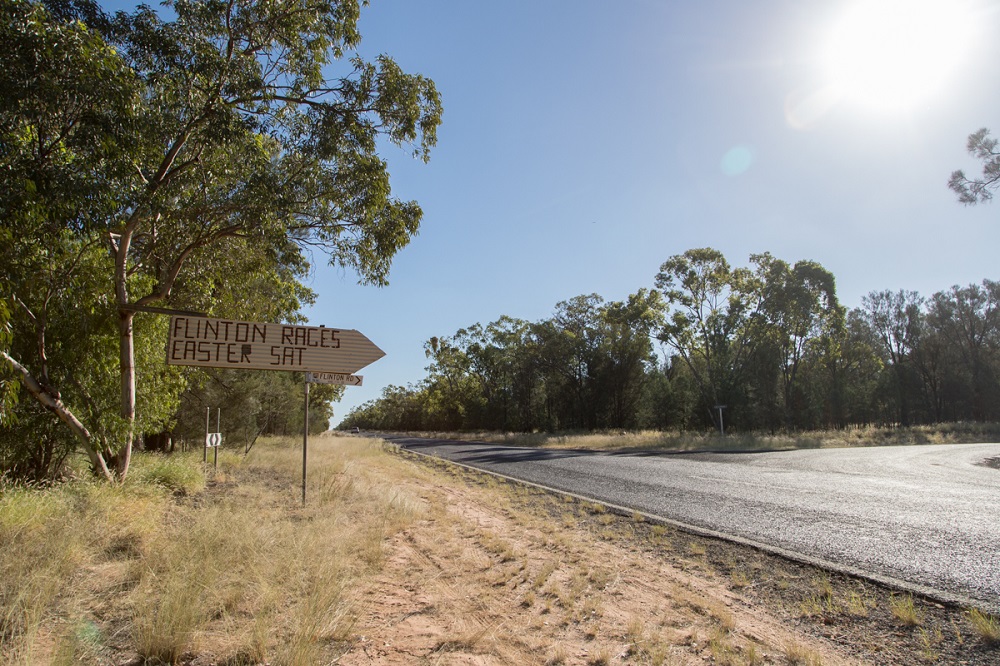 Tip 1: Get clear on your audience
Tip 1: Get clear on your audience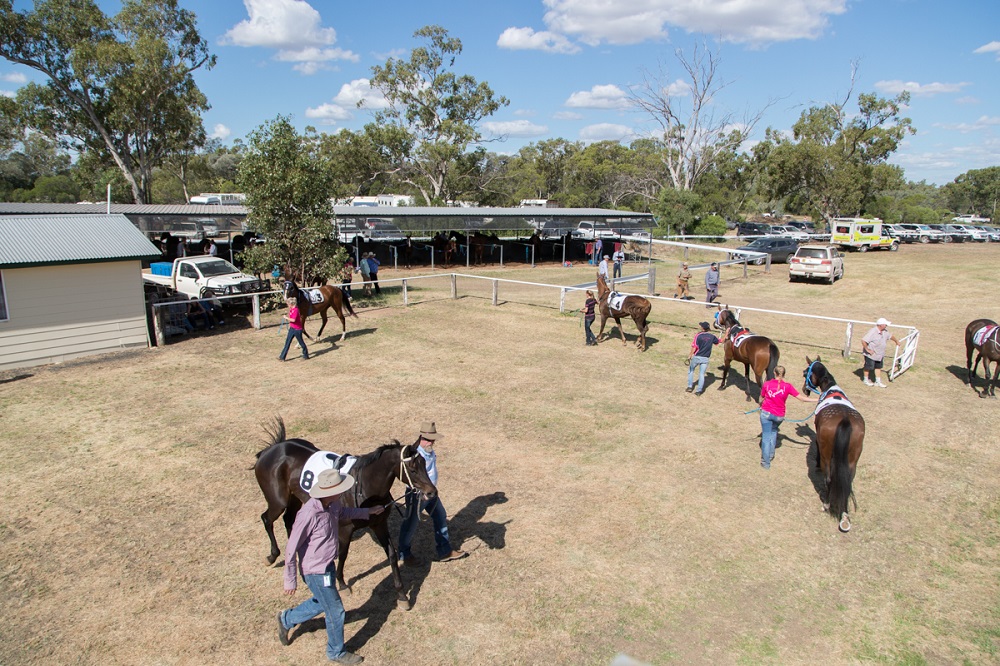 Tip 1: Invest in content creation
Tip 1: Invest in content creation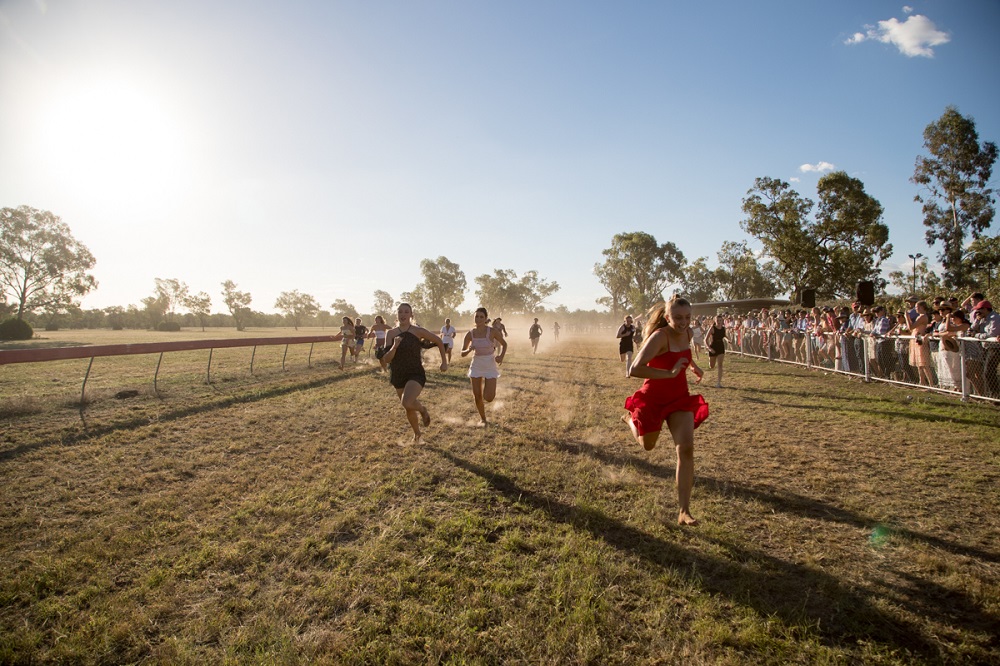 Tip 1: Create a highlight reel
Tip 1: Create a highlight reel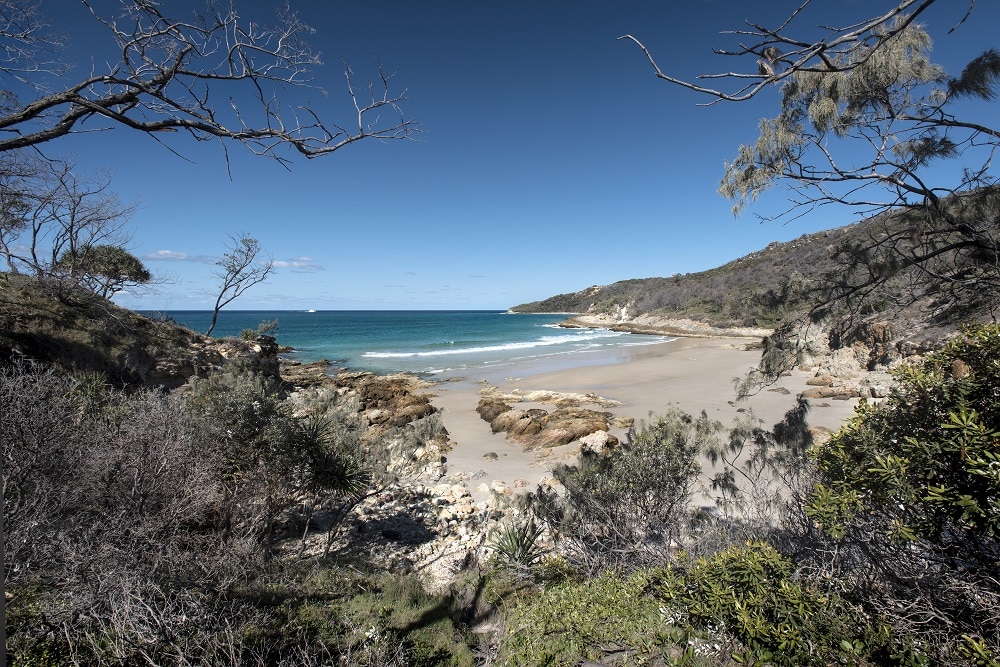
 The biggest mistake we see brands make is trying to appeal to the masses.
The biggest mistake we see brands make is trying to appeal to the masses. It’s ok not be a product, service or event that suits everyone. We’re not – and we’re not even slightly concerned by that.
It’s ok not be a product, service or event that suits everyone. We’re not – and we’re not even slightly concerned by that. If you’ve read
If you’ve read 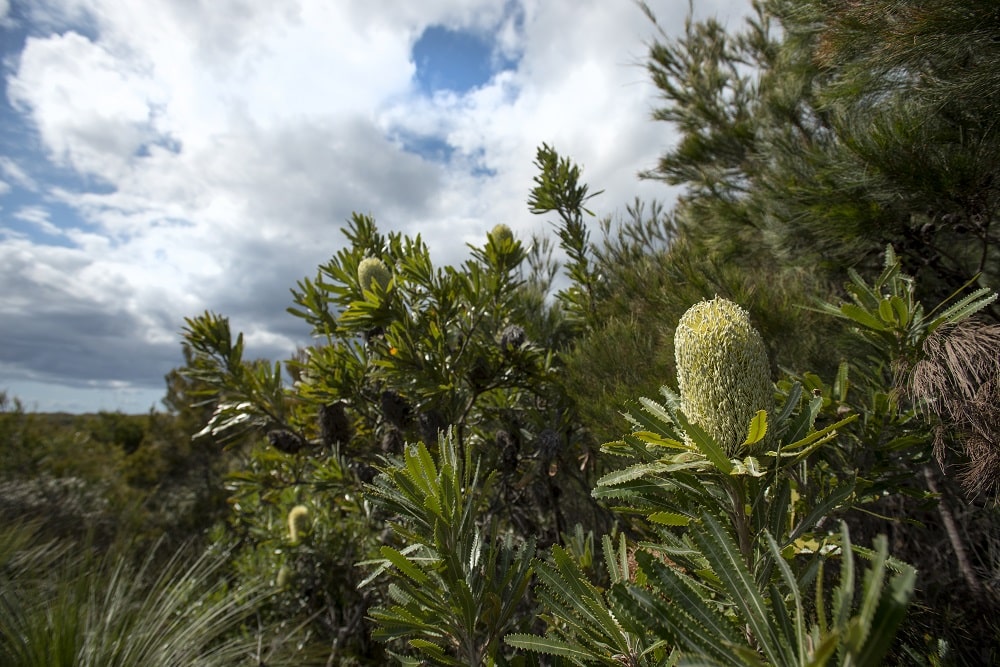 We hate to break it to you, but no customer actually cares about what you do. They only care about what it will do for them.
We hate to break it to you, but no customer actually cares about what you do. They only care about what it will do for them. If you read
If you read 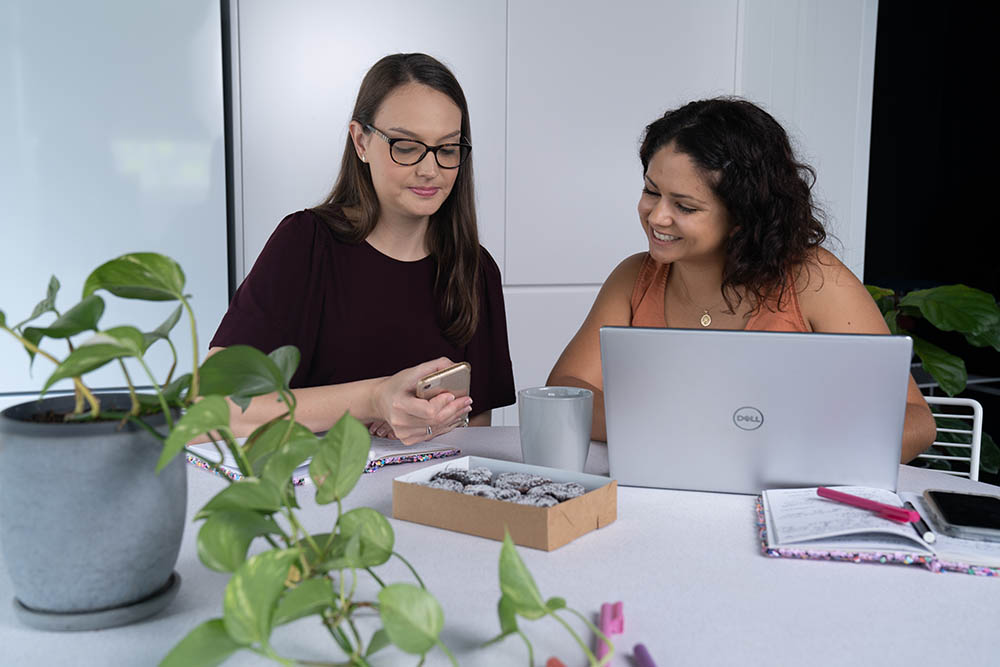
 Put simply, if you can count it, you can report it.
Put simply, if you can count it, you can report it.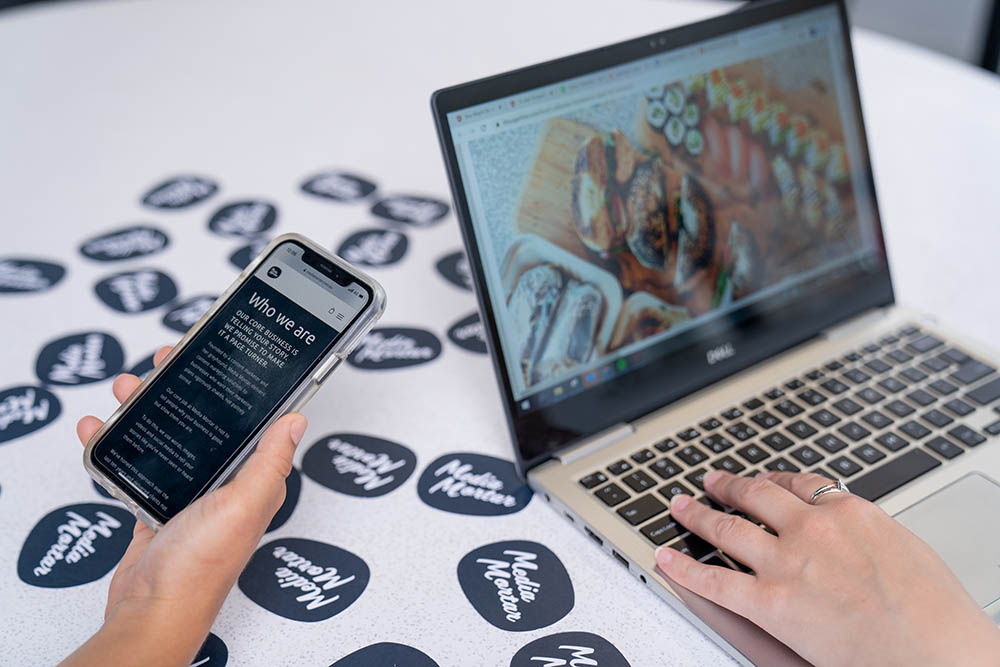 We’ve made a lot of reports in our time and can guarantee the CEO of the company is usually only drawn to one thing: “how many followers did we get this month?”.
We’ve made a lot of reports in our time and can guarantee the CEO of the company is usually only drawn to one thing: “how many followers did we get this month?”. If we had a dollar for every customer who sat in our office with their arms behind their head and said, “I want to see ROI”, we wouldn’t be making social calendars anymore.
If we had a dollar for every customer who sat in our office with their arms behind their head and said, “I want to see ROI”, we wouldn’t be making social calendars anymore. In our esteemed marketing opinion, many people like to collect a report but never actually read the data or insights inside.
In our esteemed marketing opinion, many people like to collect a report but never actually read the data or insights inside.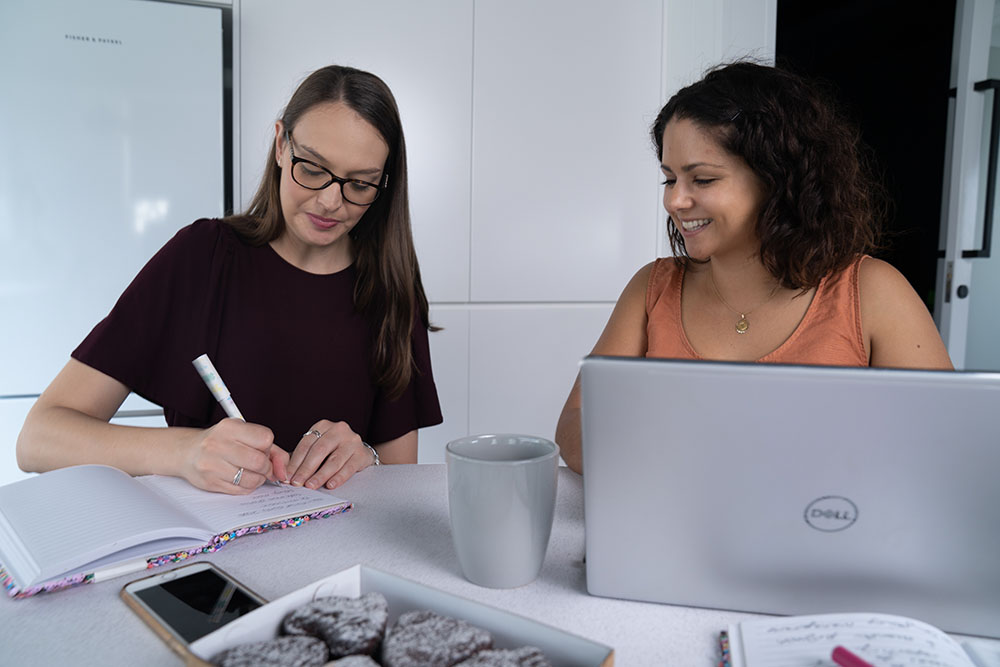 Of course, we’d all like to have more money in the bank, but that’s not the only measurement to report.
Of course, we’d all like to have more money in the bank, but that’s not the only measurement to report.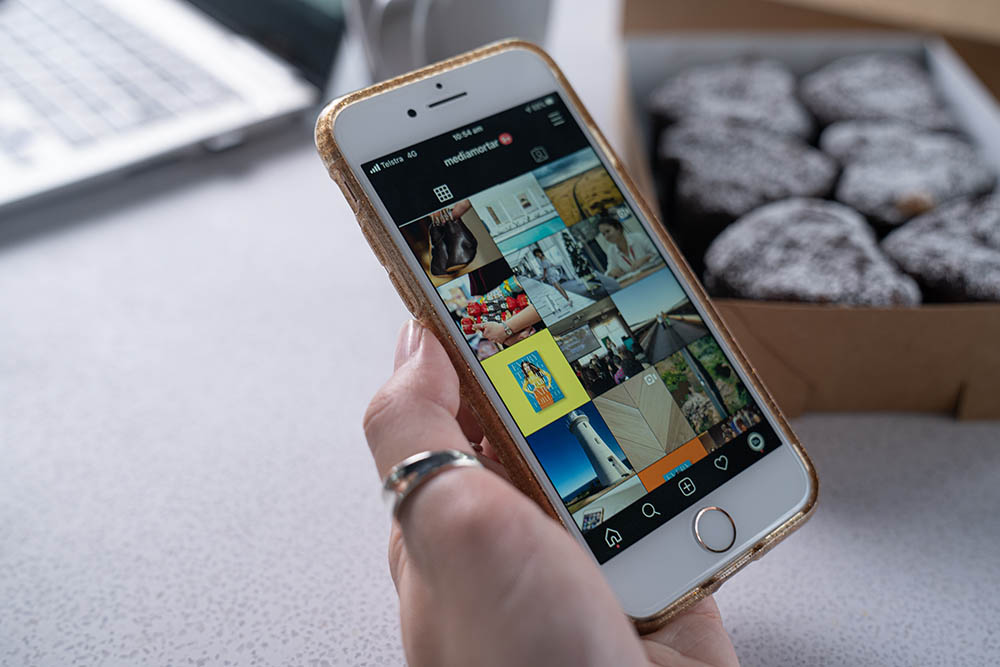 There is no one size fits all KPI – but you want to make sure they are achievable.
There is no one size fits all KPI – but you want to make sure they are achievable.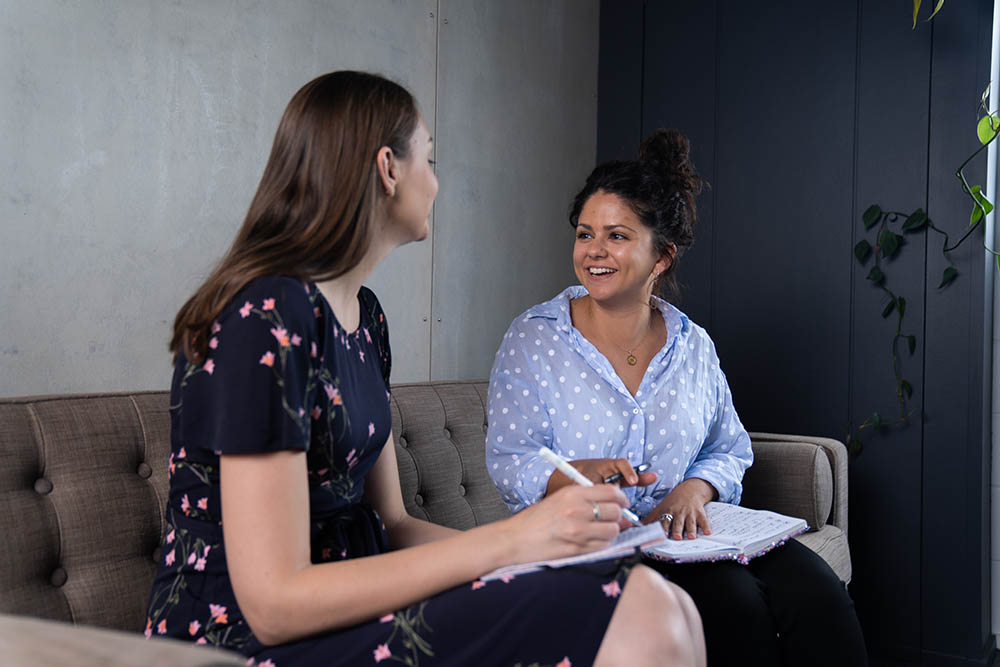 If you thought your growth was slow – wait ’til you start benchmarking your competitors – and you’ll see you’re in a race set at a snail’s pace.
If you thought your growth was slow – wait ’til you start benchmarking your competitors – and you’ll see you’re in a race set at a snail’s pace.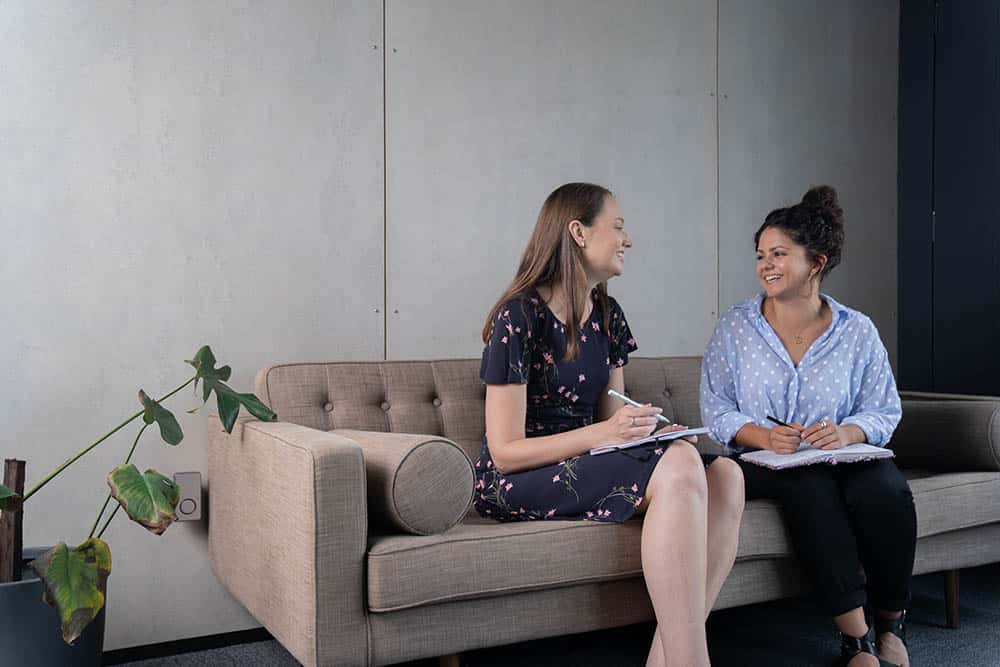
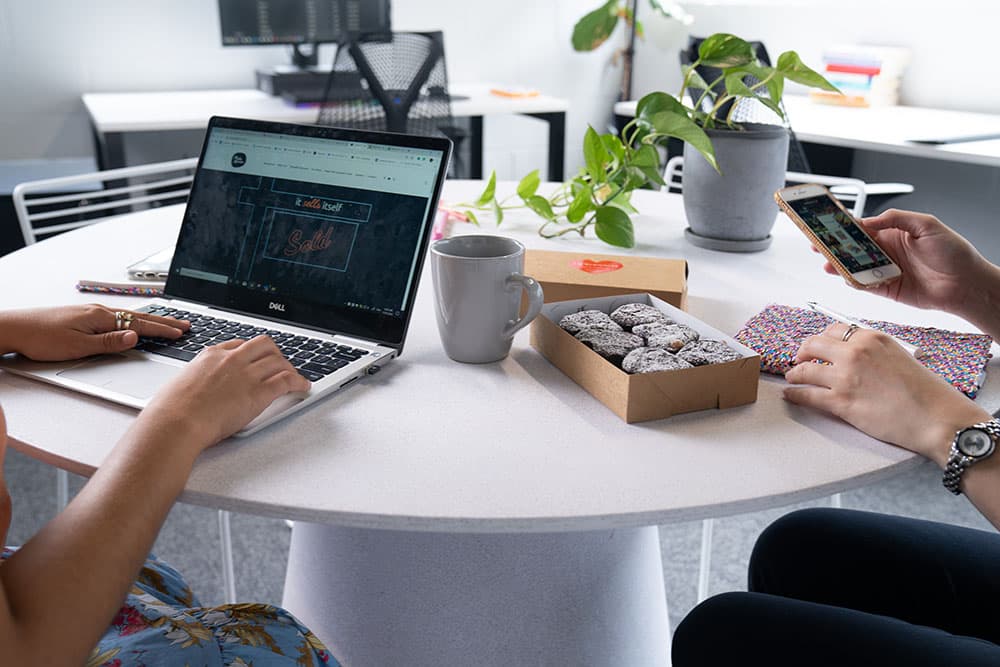
 We get it – it’s easy to run gym classes online, package up food into take away containers and host webinars instead of conferences. But how the hell do you pack up an accommodation business with bricks and mortar in a time of crisis? Truth is, you can’t.
We get it – it’s easy to run gym classes online, package up food into take away containers and host webinars instead of conferences. But how the hell do you pack up an accommodation business with bricks and mortar in a time of crisis? Truth is, you can’t.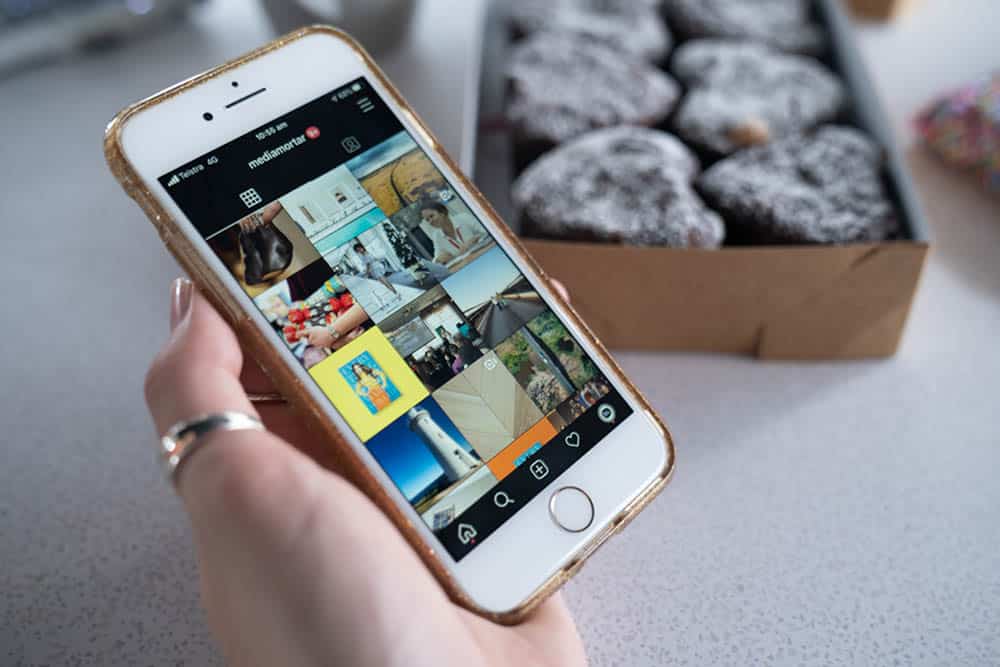 Social media is one of the biggest time-drains on your day-to-day operations (spoken like true social media managers), so use your self-isolation time to get organised with future-content.
Social media is one of the biggest time-drains on your day-to-day operations (spoken like true social media managers), so use your self-isolation time to get organised with future-content. You know those long-form stories that your SEO specialist is always talking about, but you never have time to complete? Self-isolation is just how every freelance writer actually works – now’s your time to give it a go.
You know those long-form stories that your SEO specialist is always talking about, but you never have time to complete? Self-isolation is just how every freelance writer actually works – now’s your time to give it a go. We understand that contracting a web-developer to re-design your whole site is outside booouuuu-getttt (read in a French accent), but writing a brief and getting really clear on how you’d like it to look like won’t cost you a cent.
We understand that contracting a web-developer to re-design your whole site is outside booouuuu-getttt (read in a French accent), but writing a brief and getting really clear on how you’d like it to look like won’t cost you a cent. Cleaning your database is about as fun as washing your car but it’s SO important for making sure your message is delivered into the right hands.
Cleaning your database is about as fun as washing your car but it’s SO important for making sure your message is delivered into the right hands.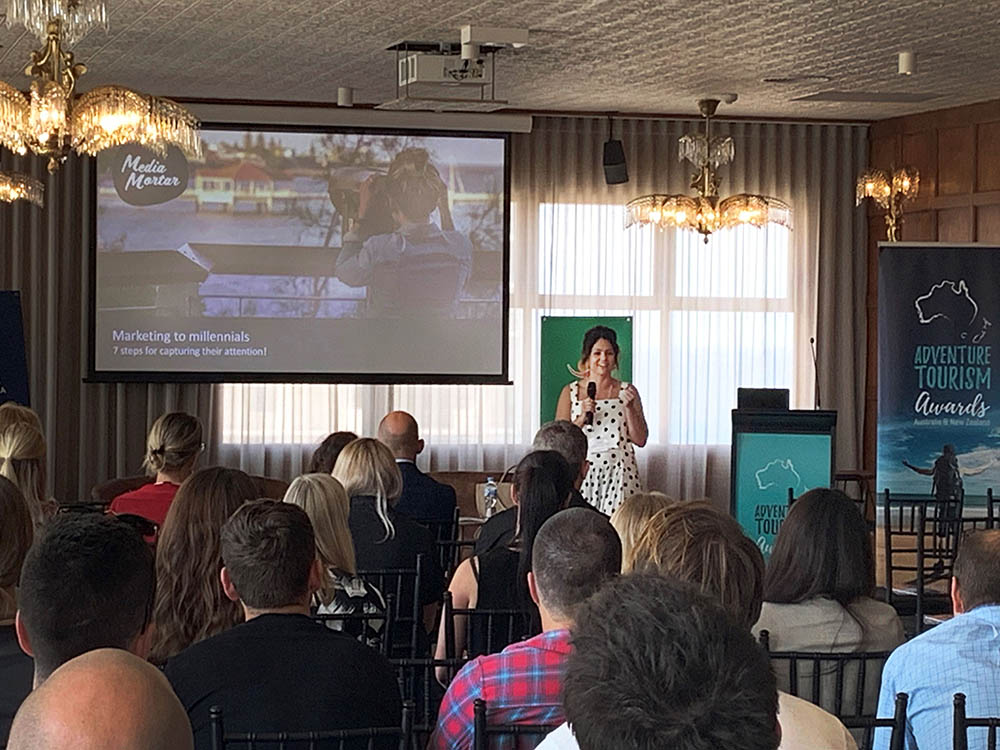
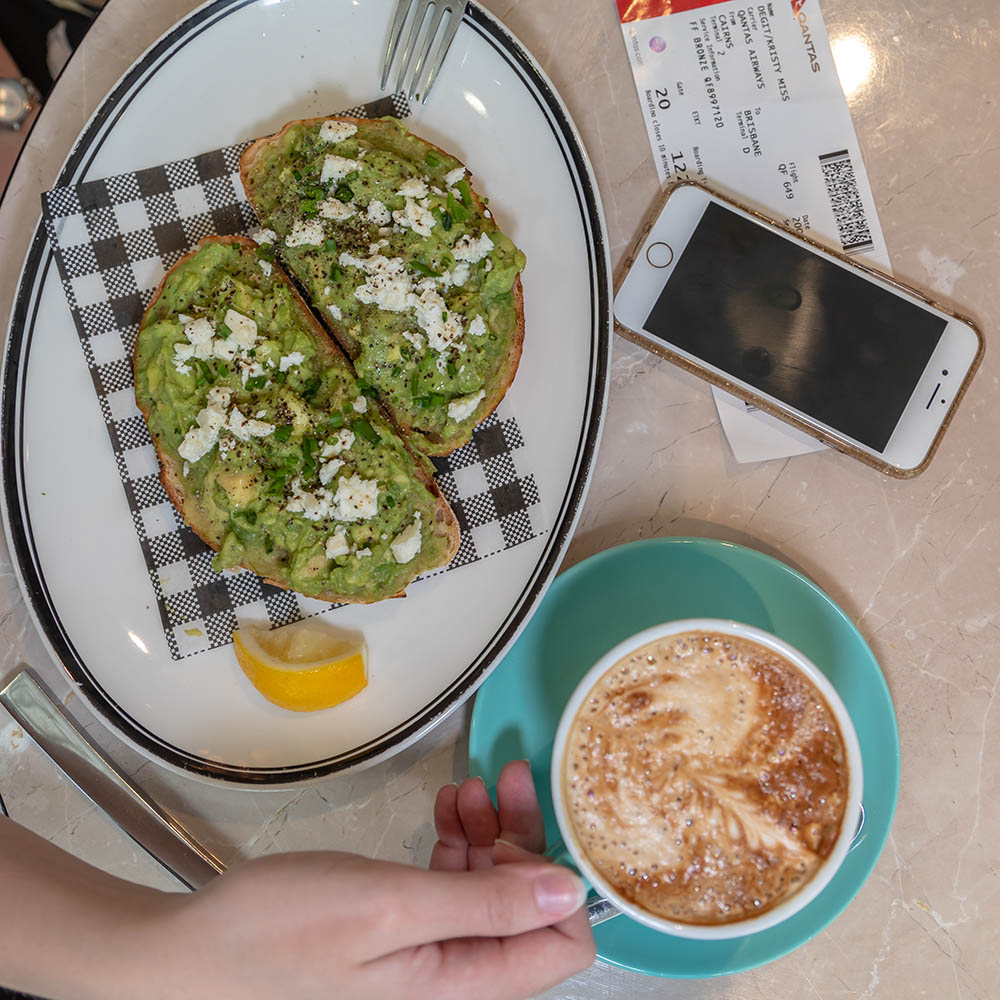 You only need to follow the numbers to realise millennials matter.
You only need to follow the numbers to realise millennials matter. When marketers talk about target markets, we’re told to get razor sharp – but this is tricky with millennials who share a 17-year age gap.
When marketers talk about target markets, we’re told to get razor sharp – but this is tricky with millennials who share a 17-year age gap. When it comes to marketing to millennials, a group who’ve been overrun with advertising their whole lives, it’s time to put down your AdWords and create social proof instead.
When it comes to marketing to millennials, a group who’ve been overrun with advertising their whole lives, it’s time to put down your AdWords and create social proof instead.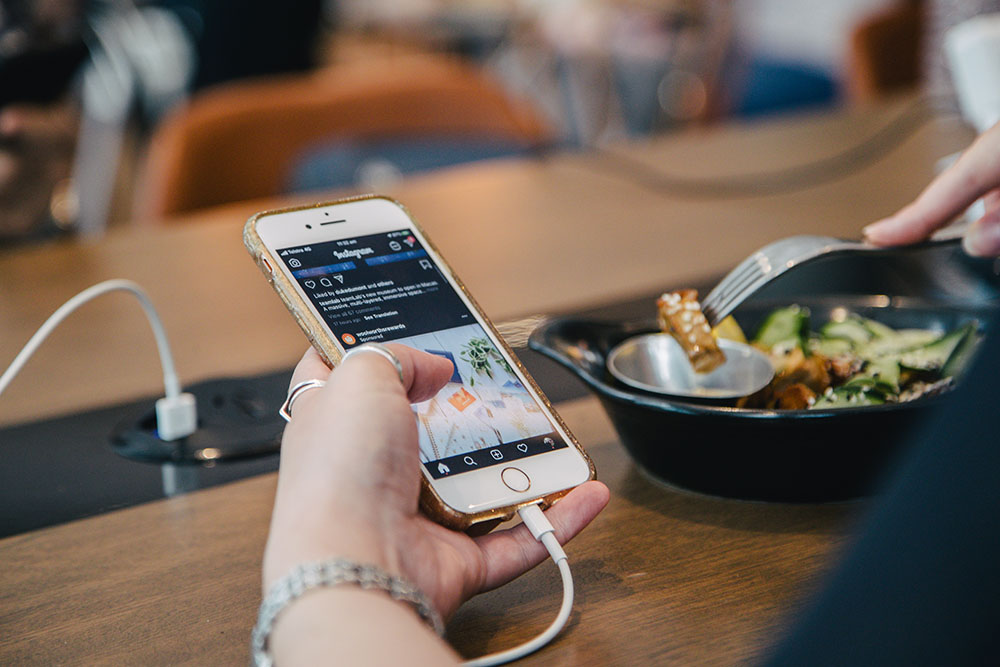 When you’re talking to a generation who is used to everything on demand, it makes sense when millennials want it, they want it now.
When you’re talking to a generation who is used to everything on demand, it makes sense when millennials want it, they want it now.
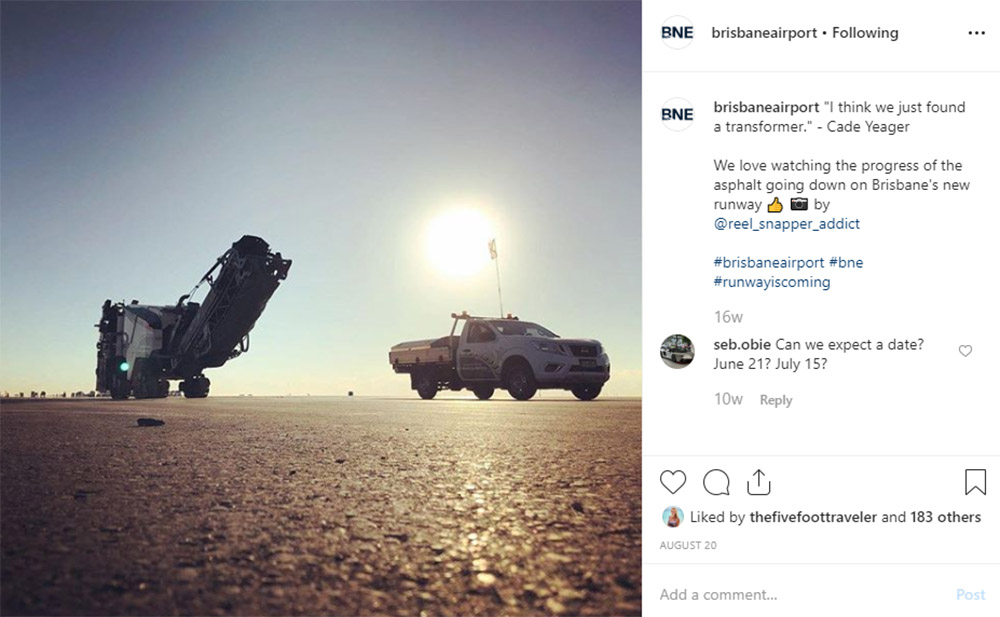 Lost for words in your Instagram captions? Why not use someone else’s?
Lost for words in your Instagram captions? Why not use someone else’s?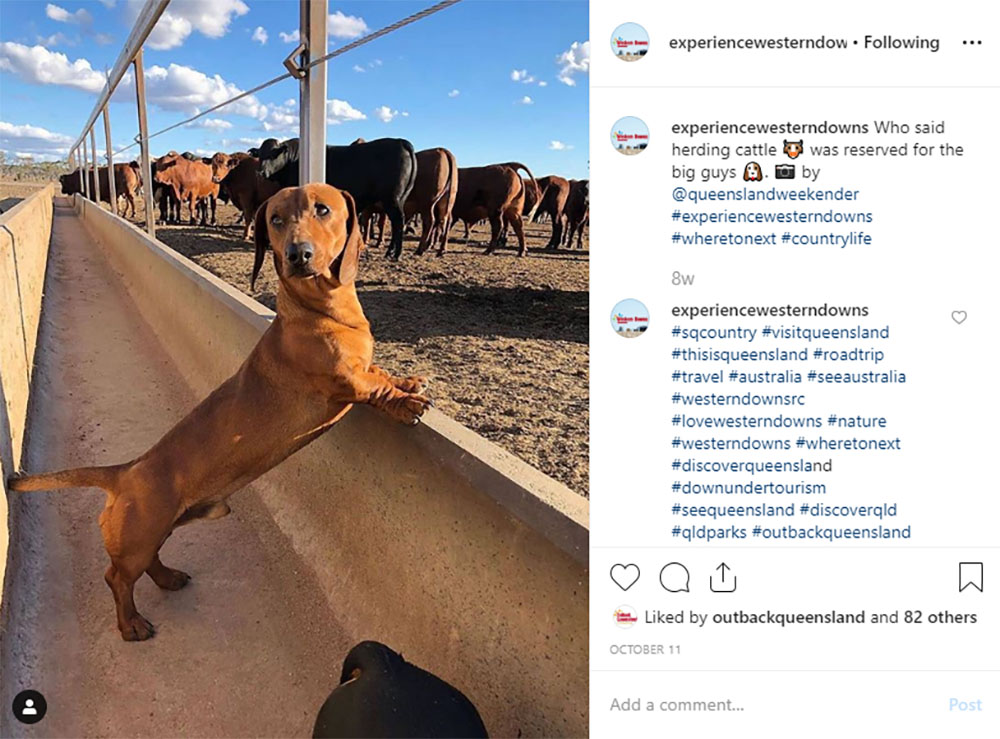 We’re all funny in our own way, right?
We’re all funny in our own way, right?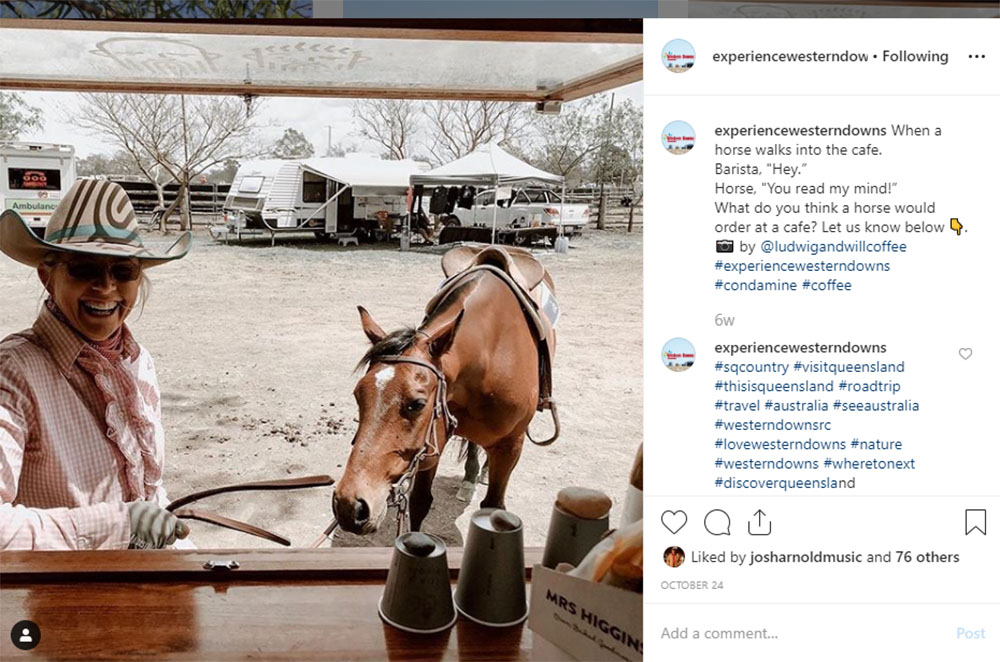 Channel your inner five-year-old and remember the jokes you shared in the schoolyard, like why did the chicken cross the road? Knock knock, who’s there?
Channel your inner five-year-old and remember the jokes you shared in the schoolyard, like why did the chicken cross the road? Knock knock, who’s there?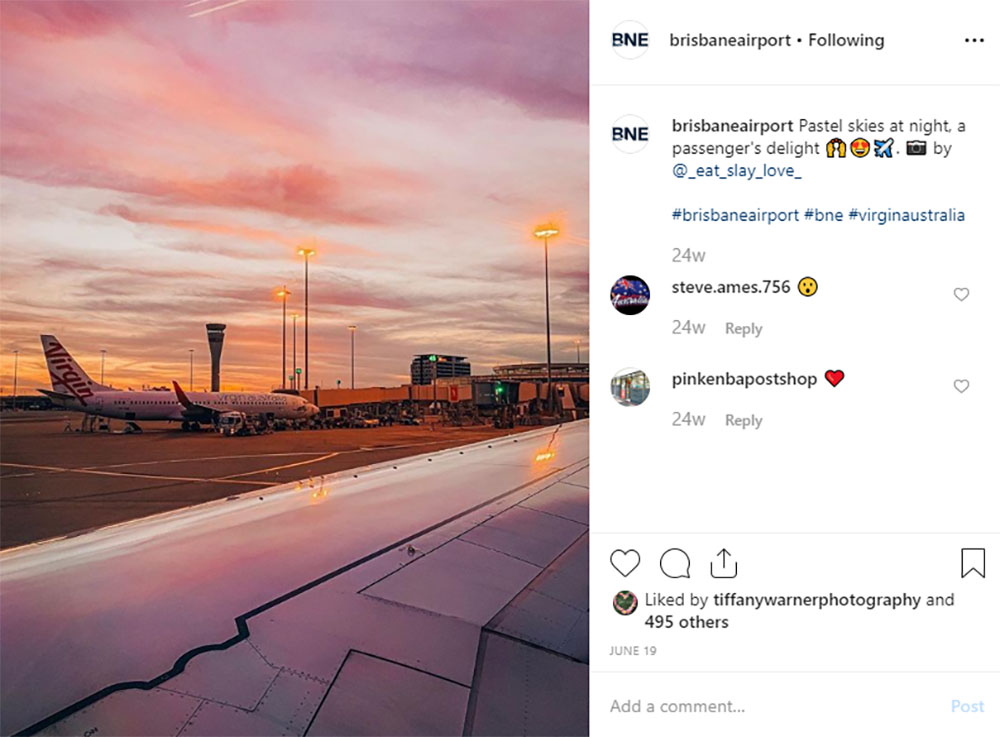 Remember the old colour rhymes or proverbs your teachers drilled into you growing up? Blue and green should never be seen, or red sky at night, a shepherd’s delight?
Remember the old colour rhymes or proverbs your teachers drilled into you growing up? Blue and green should never be seen, or red sky at night, a shepherd’s delight?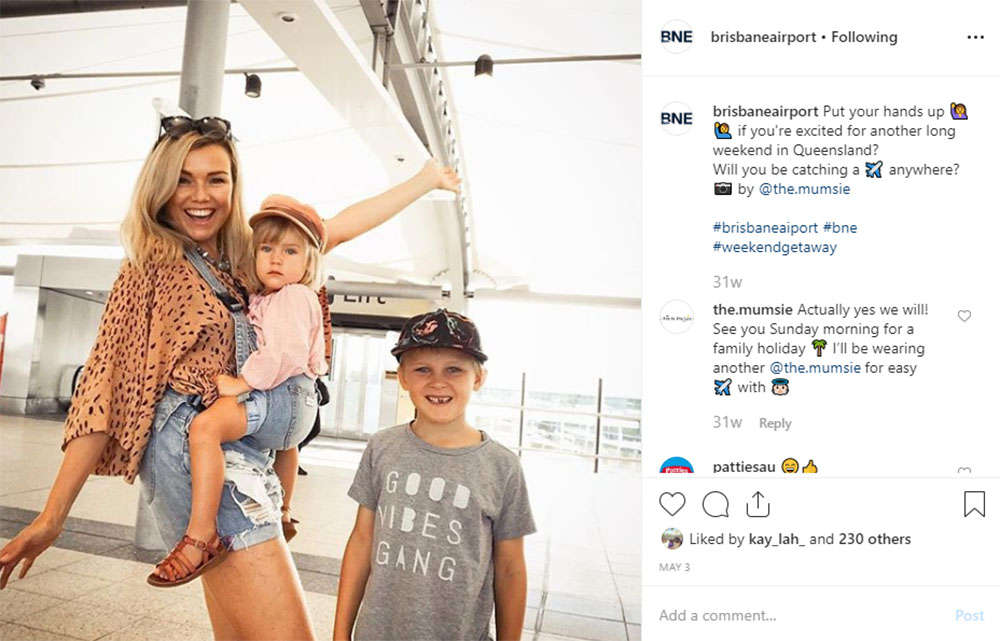 School holidays, Easter, Christmas, or even the fact that it’s the weekend, is one of the oldest tricks in the caption-creating book.
School holidays, Easter, Christmas, or even the fact that it’s the weekend, is one of the oldest tricks in the caption-creating book.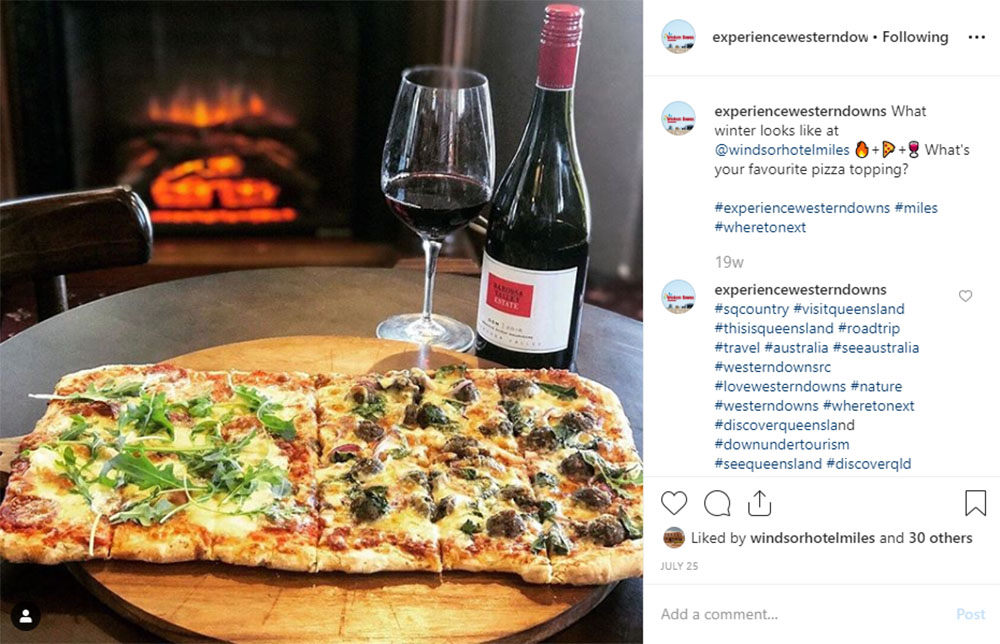 If engagement is the flame 🔥, consider emojis the moth 🦋.
If engagement is the flame 🔥, consider emojis the moth 🦋.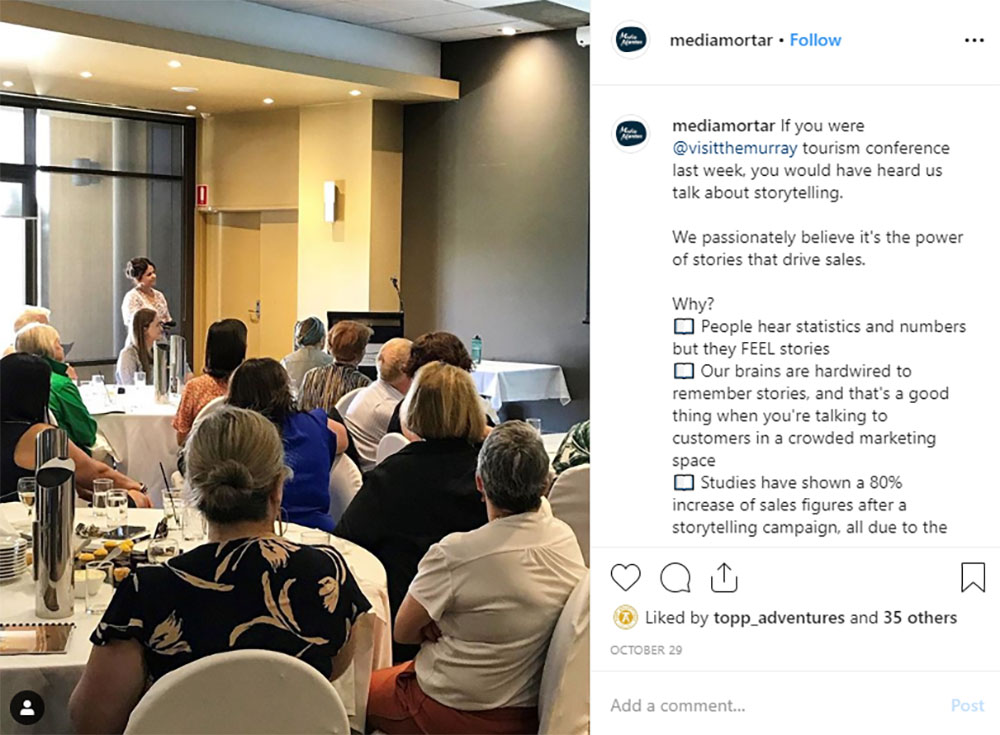 Sometimes you need to let your guard down and get personal to cure your Instagram caption-block.
Sometimes you need to let your guard down and get personal to cure your Instagram caption-block.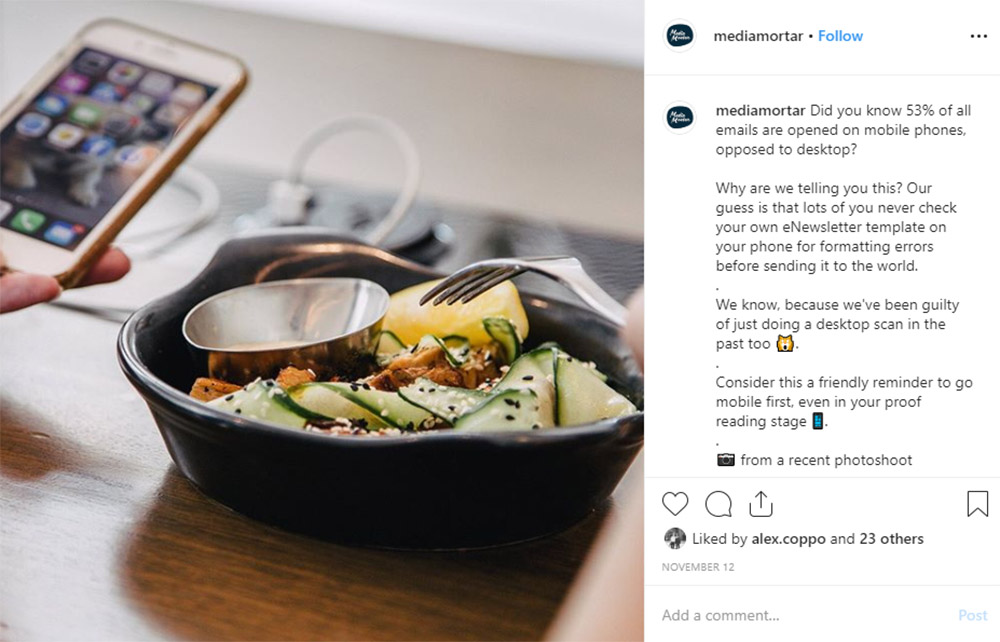 Did you know Deloitte listed
Did you know Deloitte listed 

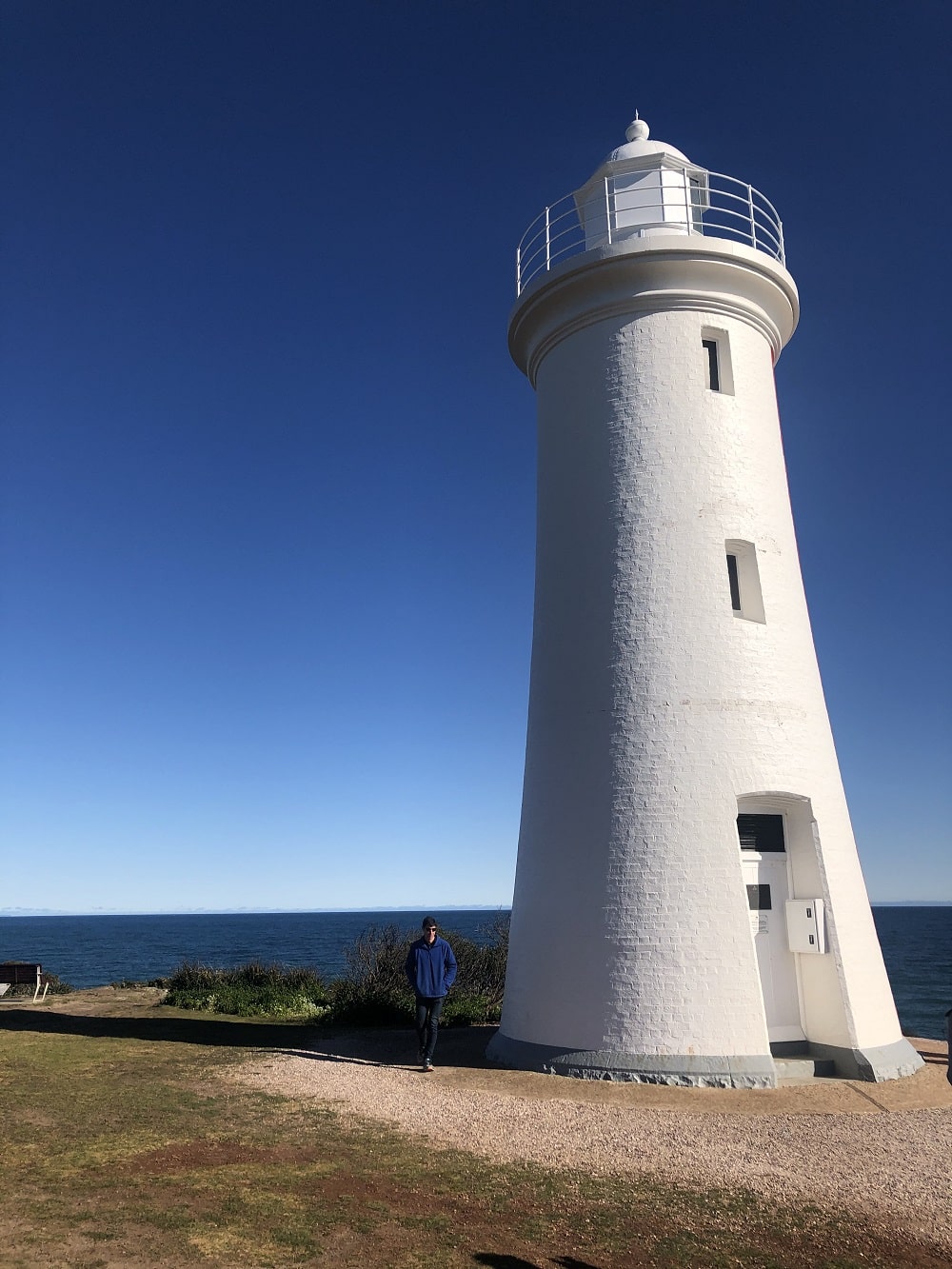
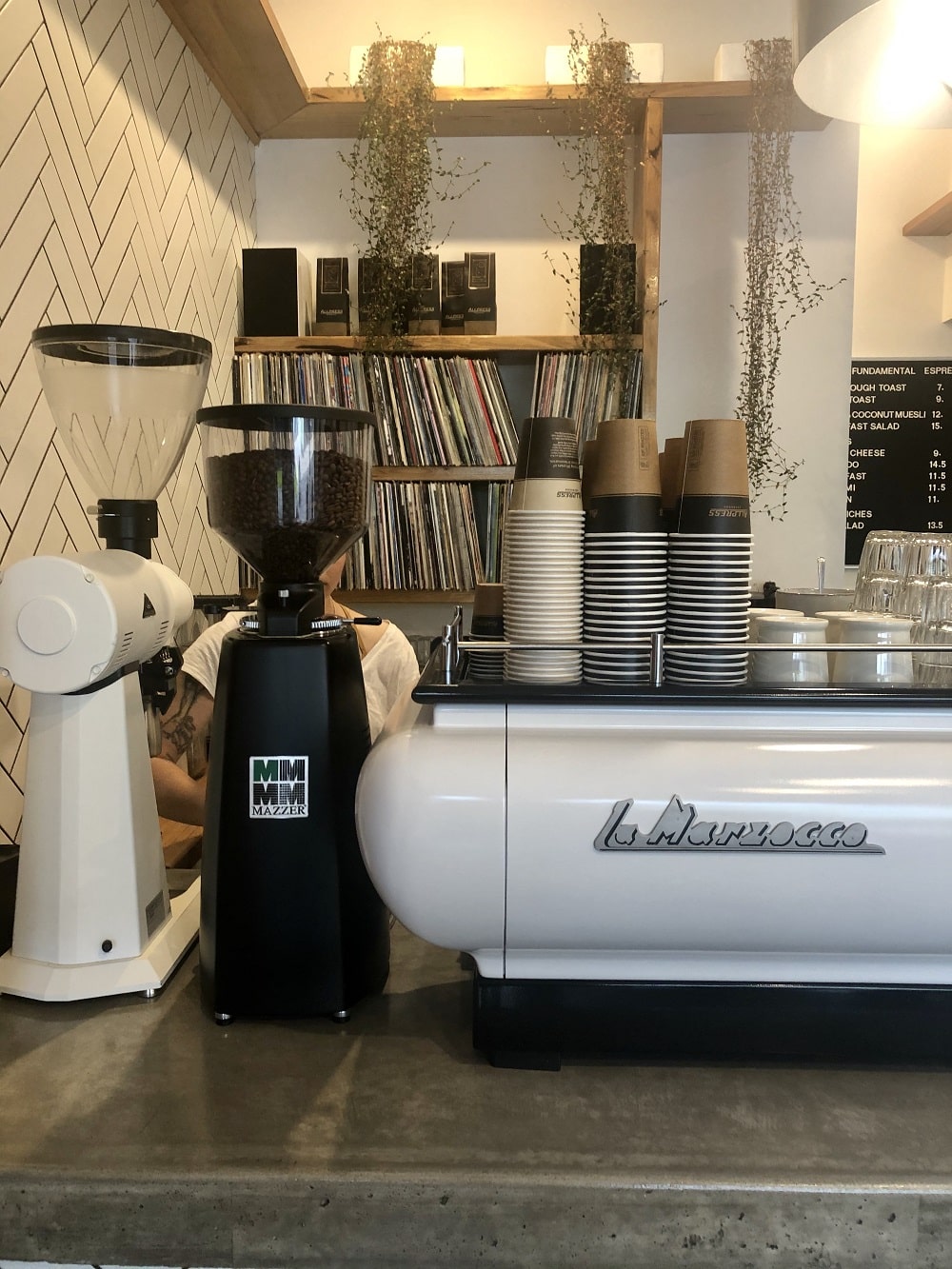


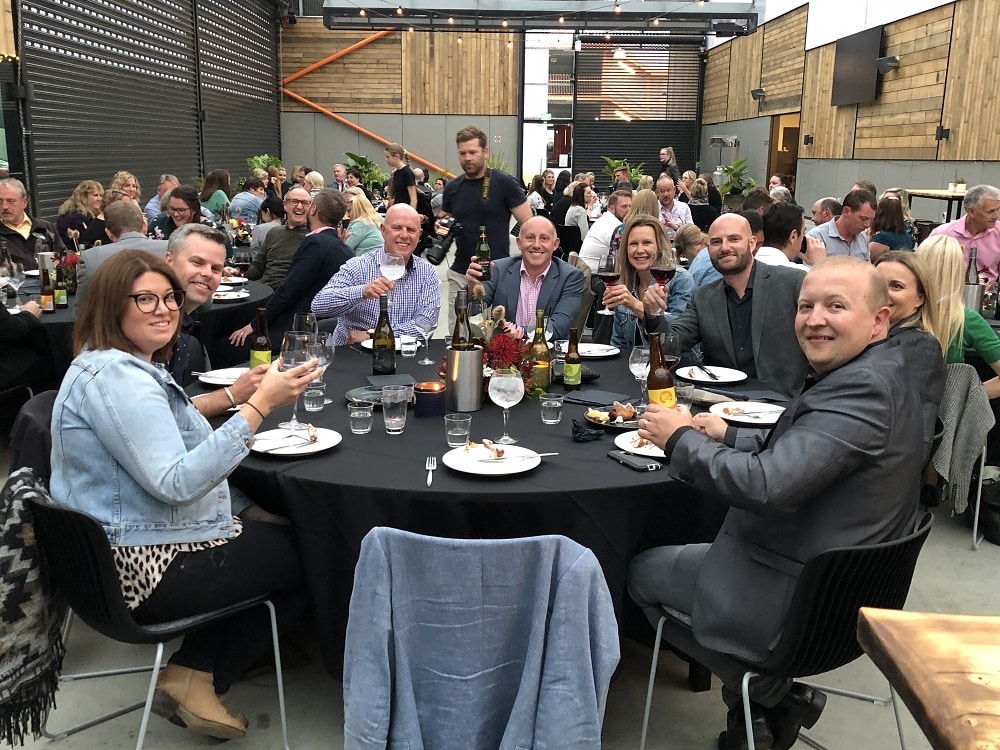
Recent Comments